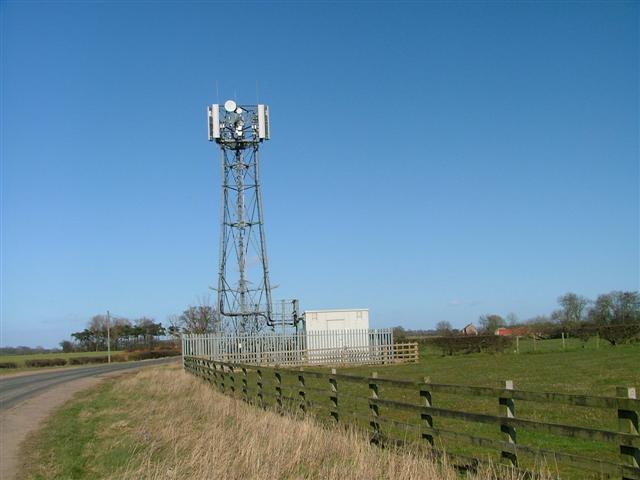
We all enjoy the benefits of a fast, reliable mobile network, and become frustrated when we have no signal, but how many of us want a 30-foot telecoms mast (with associated radio unit, cabinets and microwave dishes) on our property? This is the conundrum facing policy makers and the telecoms industry.
The 2017 Code
The UK Government is clearly supportive of the rollout of the digital communications infrastructure. In 2016 they stated that this infrastructure was ‘vitally important to citizens right across the UK, as digital communications become an ever more essential part of the economic and social fabric of this country’.
This approach was further confirmed in the Electronic Communications Code 2017 which currently governs the relationship between landowners and operators. The aim was to assist with the rollout of the telecoms network, with a particular emphasis on 5G, and was underpinned by the idea that such technology is in the public interest. For this reason, the Code is weighted in favour of the operators.
Site Visit
It is likely that an operator will first request an MSV (multi-skilled visit) for engineers to determine if the site is suitable for a mast. An operator can apply to the Upper Tribunal for an order requiring such access if it is initially refused. This order will likely be granted, as any impact on the landowner can be financially compensated.
Proposed Lease
If the site is suitable, the operator will then suggest terms for a lease, and again, this could result in the Upper Tribunal imposing an agreement if terms cannot be agreed between the parties, and most concerns can be settled with financial compensation.
Negotiating rent and other terms
One of the unpopular changes brought about by the Code (at least for landowners) was the basis of land valuations when compensating landlords for accepting masts on their property. Previously, this was based on the market value of the land to the operator, which was potentially high for a central rooftop site. Under the Code, the valuation of rent is based what the landowner has lost in giving up the land, on a number of assumptions, which, on a ‘no network basis’ ignore the fact that the site is required for a telecoms mast. This has led to much lower rents. There are also wide powers under the Code for the operators to assign leases, upgrade without prior consent and share mast sites with other operators without permission from the landowner.
Further reform
Taking all this into account, it has been generally recognised that the Code has brought difficulties between operators and landowners in successfully negotiating rights and leases, which has in turn slowed down the upgrading and rollout of a modern telecommunications infrastructure. This is completely the opposite of what the Government hoped to achieve. There has been confusion around some aspects of the Code, which has caused numerous cases before the courts.
In an attempt to address this, the Product Security and Telecommunications Infrastructure (PSTI) Bill finally received Royal Assent at the beginning of December 2022. This Bill will amend the Electronic Communications Code in a way the Government says will balance the interests of landowners, telecoms operators and the public. We will monitor the position over the following months to see how this develops.
Categorised in: Agriculture, Commercial Property, IT & Telecoms, News
Tags: Commercial Agreements, Commercial Property, Farming & Agriculture, IT and Telecoms